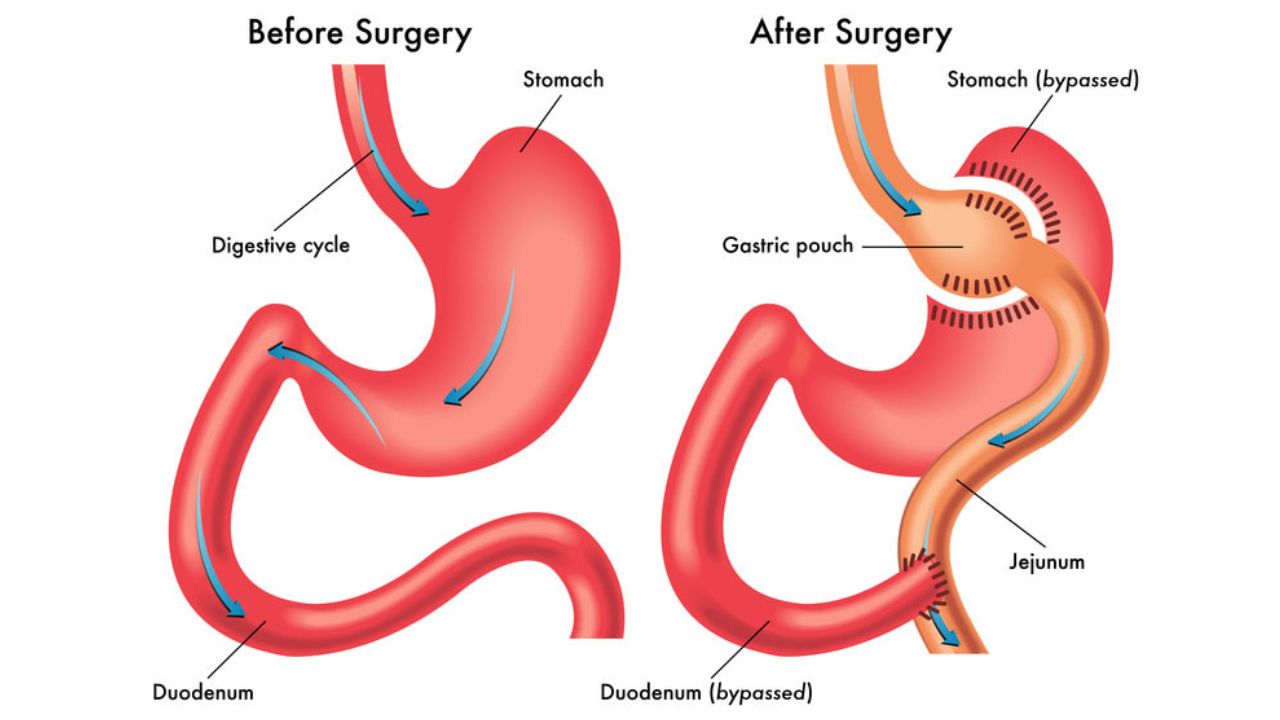Gastric Surgery in India: A Comprehensive Overview
What is Gastric Bypass?
Gastric surgery, commonly referred to as weight-loss surgery, encompasses various procedures aimed at reducing body weight by altering the digestive system. The two primary types are gastric bypass and gastric banding. Gastric bypass, or Roux-en-Y gastric bypass, involves creating a small stomach pouch and rerouting the small intestine to this pouch. This method significantly reduces food intake and absorption. Gastric banding, or LAP-BAND system, involves placing an adjustable band around the upper stomach to create a small pouch. Both procedures help patients achieve substantial weight loss, but gastric bypass typically results in greater weight loss compared to banding. Your healthcare provider will determine the most suitable option based on individual health needs.
Who is a Candidate for Gastric Surgery?
Gastric surgery is generally recommended for individuals classified as obese or morbidly obese, with a Body Mass Index (BMI) over 30, who have not achieved weight loss through other methods. The decision to proceed with surgery involves evaluating several factors including overall health, weight loss goals, and past weight loss attempts. The final assessment will be made by your doctor or a specialist.
Procedure Types
- Open Gastric Bypass Surgery: This involves a large abdominal incision to create a small stomach pouch and reroute the small intestine. It is more invasive, with a longer recovery time and larger scars.
- Laparoscopic Surgery: Known as keyhole surgery, this technique uses several small incisions. A laparoscope (camera) guides the surgery, offering benefits such as smaller scars and quicker recovery.
- LAP-BAND System (LAGB): This procedure involves laparoscopic placement of an inflatable band around the upper stomach, creating a small pouch. The band can be adjusted externally to control food intake.
Recovery
Recovery time varies depending on the type of surgery. Post-gastric bypass, patients may stay in the hospital for about five days, with a transition to a liquid diet initially. Laparoscopic patients might leave the hospital within 24 hours. Recovery from LAP-BAND surgery also involves a liquid diet initially, with solids reintroduced gradually. The band may require adjustments over the following months to optimize weight loss.
Risks
Both procedures have risks including infection, nutrient deficiencies, and complications related to the surgery. Gastric bypass may lead to more serious complications compared to LAP-BAND, such as stomach staple failure or bowel obstruction.
Gastric surgery in India offers advanced techniques and experienced surgeons, providing effective solutions for long-term weight management.





